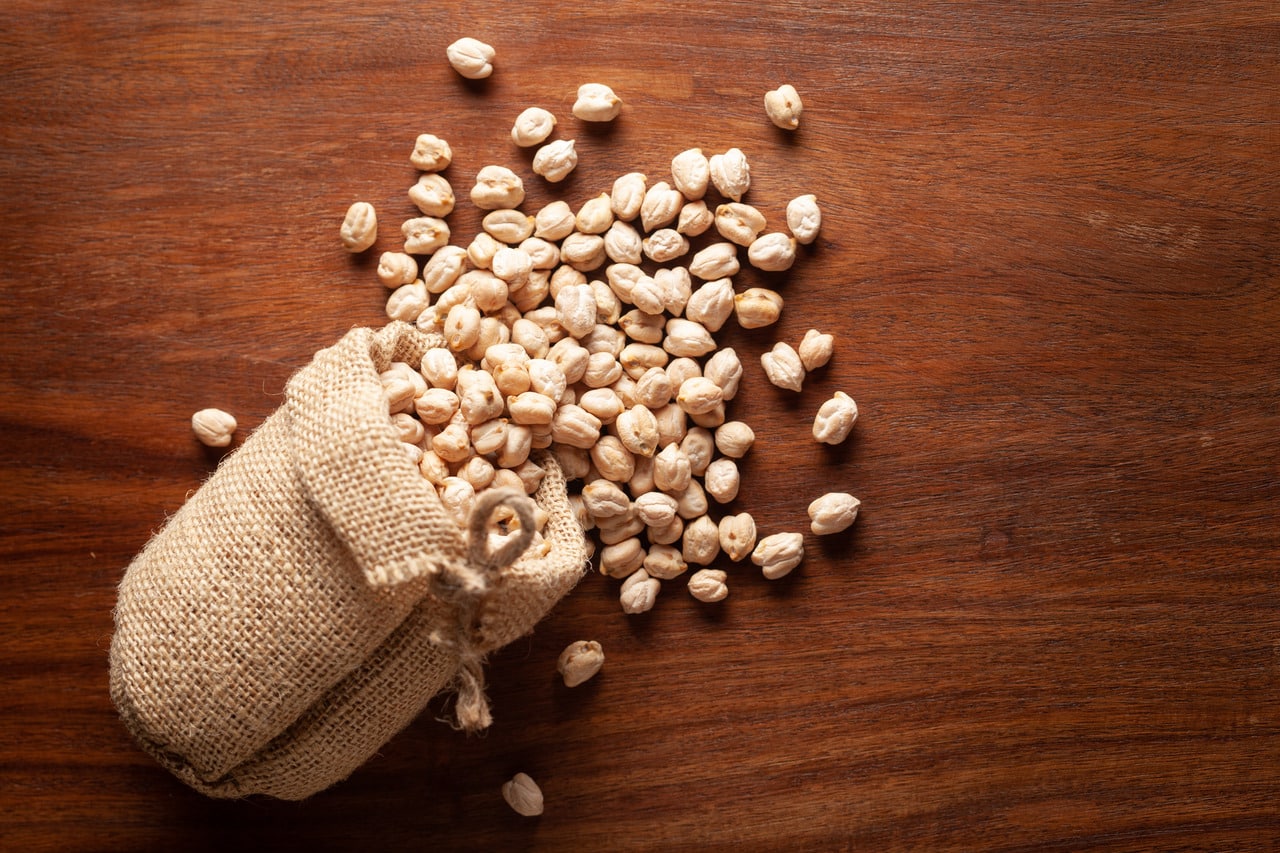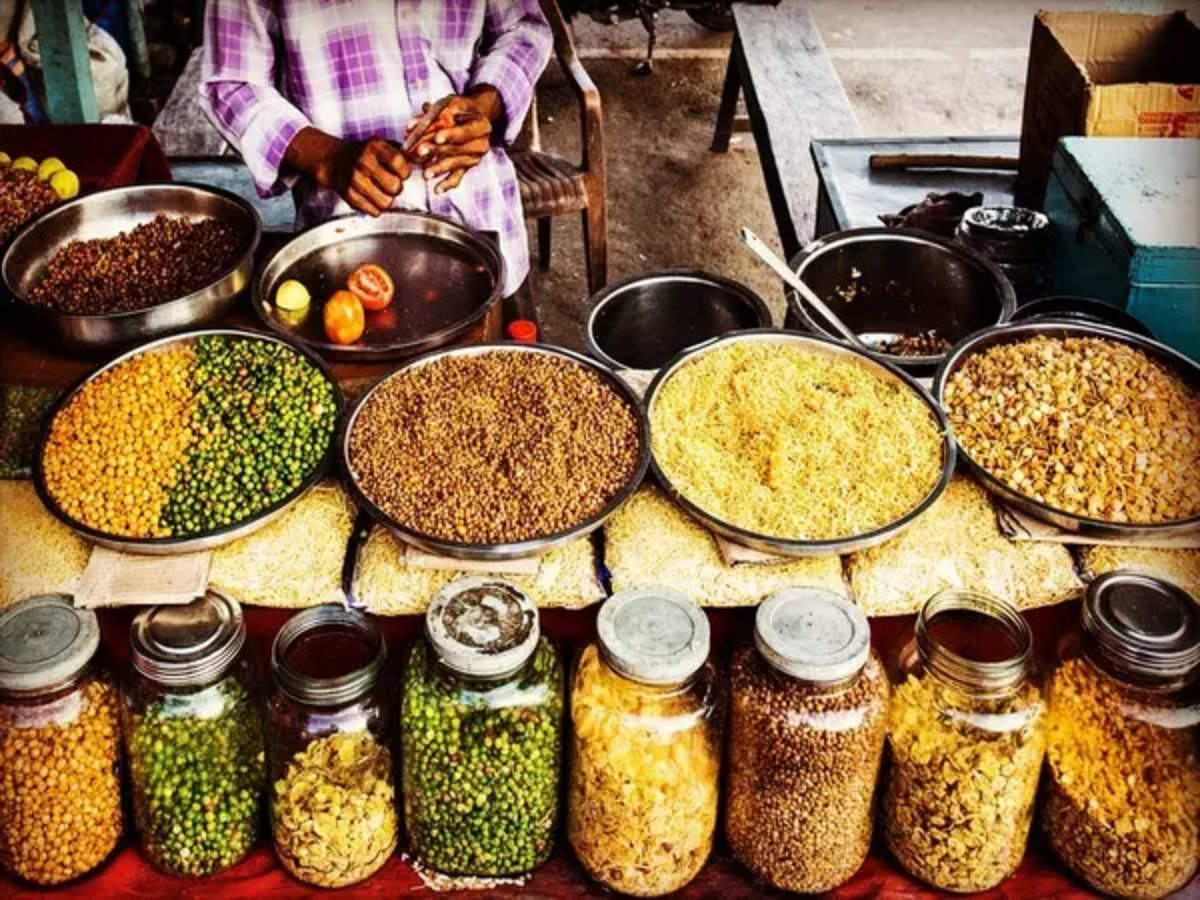Government to Sell 1 MT of Chana in Open Market to Curb Prices 2023

Government to Sell 1 MT of Chana in Open Market to Curb Prices 2023
The government wants to sell one million tonnes (MT) of the type on the open market from its buffer since mandi prices of Chana (gramme), widely known as consumer pulses, have risen above the minimum support price (MSP) of Rs 5350/quintal for the first time in many years.
The goal is to reduce retail inflation of Chana, which accounts for 50% of the nation’s production of pulses, in the upcoming months to reduce total food inflation. Chana’s inflation rate was 1.72% in July compared to last year’s. However, prices were down from January through May of this year.

Retail inflation in the “pulses and products” category increased from 4.27% in January 2023 to 13.27% in July.
From its buffer of 3.3 MT, the farmers’ cooperative NAFED has sold more than 0.5 MT of pulses through daily electronic auctions since starting to sell Chana in the open market at the beginning of last month.
Trade sources reported that pulse inflation might go further as the typical prices in the open market sale have been between Rs 15 and Rs 25 per quintal over MSP. To offer pulses to customers at an accessible price through NAFED stores, the government now provides subsidized chana dal for Rs 60 per kg under the brand name “Bharat Dal”, in addition to e-auction.
From its buffer stock of about 0.15 MT, NAFED now sells over 50,000 tonnes of Tur through electronic auction. Our prices, however, are projected to stay high in the next holiday season due to poor kharif planting, which has been trailing by around 5.3% at 4.02 million hectares as of August 11, and spotty monsoon rainfall in the critical growing states of Karnataka and Maharashtra.
Turf harvest from last year is still being sold at mandi rates in Latur, Maharashtra, the centre of commerce, for about Rs. 104/kg on Thursday, compared to the MSP of Rs. 6600/quintal.
Latur’s Pulse’s trader stated, “Our prices are likely to stay firm due to the lack of any private stock with traders.” The dealer said it is doubtful that the price will decrease because of the probable shortage in output during the current season and imports from African nations that will reach the market in September.
Retail inflation in Tur increased from 10.9% in January to 34.05% in July 2023. On Thursday, the median retail price of Tur was Rs 140/kg, an increase of 17% over the price that was in effect two months earlier.
The government limited the amount of tur and urad dal that may be kept in store until October 31 to minimize stockpiling and speculation in the face of rising costs. The import tariff on Tur, urad, and Masur has been eliminated to increase domestic stockpiles.
India agreed to import 0.25 MT of urad and 0.1 MT of Tur yearly from Myanmar between 2021–2022 and 2025–2026 under the terms of the bilateral agreement that was inked in 2021. In the same year, India and Malawi signed a memorandum of understanding (MoU) for an annual purchase of 0.05 MT of Tur till 2025.
In an attempt to stabilize the skyrocketing prices of Chana (chickpeas) in the domestic market, the government has decided to release 1 million metric tons (MT) of Chana from its reserves into the open market. This significant move aims to increase the availability of this essential commodity and thereby reduce its market price. In this article, we will delve into the government’s decision, its potential impacts, and the underlying reasons for the high costs of Chana.
In recent months, the prices of Chana have been surging due to various factors, including adverse weather conditions affecting crop yield, increased demand, and supply chain disruptions caused by the ongoing pandemic. This has resulted in a substantial burden on consumers, particularly the lower and middle-income groups, for whom Chana is a staple source of protein.
To curb the rising prices of Chana, the government has decided to sell 1 MT of its stock in the open market. This stock is held by the National Agricultural Cooperative Marketing Federation of India Ltd (NAFED), which procures various commodities under the Price Support Scheme (PSS) to safeguard the farmers from price volatility.
The government plans to release the Chana stocks phased, targeting regions with the most acute price rise. This will be done through open market sales or e-auctions, enabling traders and millers to buy directly from the government at a predetermined base price.
The base price for the sale will be set so that it is lucrative for traders and millers to buy from the government, and also at a level that can help to cool down the retail prices.

With the infusion of a substantial quantity of Chana into the market, it is expected that the supply will significantly increase, reducing prices and relieving consumers.
This action is not only intended to benefit consumers but also to protect the interests of farmers. By procuring Chana at Minimum Support Prices (MSP) and maintaining strategic reserves, the government aims to safeguard farmers from price volatility.
The decision to release domestic stocks may reduce the need for importing Chana, which can help stabilize the country’s foreign exchange reserves and reduce dependence on other countries for this critical commodity.
Critics argue that the timing of the release is crucial. If the government’s stock is released after the arrival of a new crop in the market, it may depress prices to a level where farmers might not get the MSP for their produce.
A significant challenge is the infrastructure and logistics needed to move such a large quantity of Chana from government warehouses to the market.
There are concerns regarding the quality of the Chana that has been stored and whether it will meet the market’s quality standards.
There are worries that traders might engage in speculative activities, hoarding the Chana bought from the government and releasing it slowly to keep prices high.
The government’s decision to release 1 MT of Chana into the open market is a significant step to combat the escalating prices of this essential commodity. While the move is expected to increase Chana’s supply and help reduce its cost, effective implementation is critical.

The government will need to carefully manage this sale’s timing, logistics, and pricing to ensure that it achieves the desired effect of helping consumers without inadvertently harming the interests of the nation’s farmers.
As this situation develops, it remains to be seen how this intervention will play out in the complex dynamics of India’s agricultural market.





